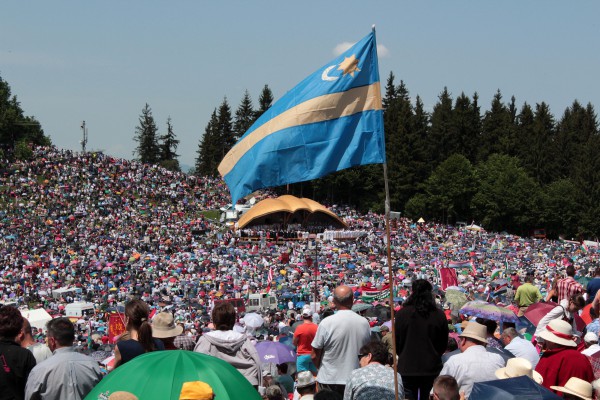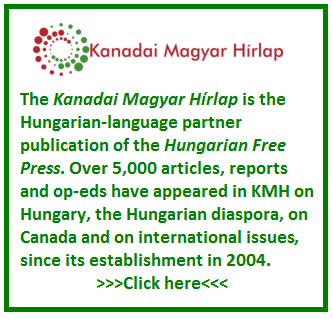The National Catholic Reporter’s Joshua J. McElwee wrote an exhaustive piece on the upcoming visit of Pope Francis to Romania, emphasizing the trip’s significance from the perspective of outreach to the Romanian Greek Catholic Church, which counts 500,000 adherents. Pope Francis will beatify seven Greek Catholic bishops, recognizing as well the persecution that Greek Catholic clergy and faithful suffered in Romania prior to 1989, under communist rule. Mr. McElwee pointed out that this is only the second papal visit to Romania, and during the first, John Paul II stayed in Bucharest. In contrast, Francis will travel extensively, taking a plane and then a helicopter from the Romanian capital to Csíksomlyó, to visit the Marian Shrine about a week before the annual pilgrimage, to take place between June 7th and 10th.
When in Csíksomlyó, the Pope will be in the heart of Hungarian-speaking Székelyföld (Szeklerland). Hargita County’s population is 85 percent ethnic Hungarian and the 65 percent of the county that identified as Roman Catholic is almost entirely Hungarian too. Yet the Hungarian dimension of the Papal trip to Romania is not mentioned in Mr. McElwee’s article, though we did discuss it earlier in HFP. There is no doubt that the Pope’s outreach to Greek Catholics and a meeting with Patriarch Daniel of the Romanian Orthodox Church is much more significant from the perspective of church diplomacy. In fact, the latter is especially important: not only is Romania 80 percent Orthodox, but the two religious leaders will recite the Lord’s Prayer together, which is noteworthy as there is reluctance among many in the Orthodox Church to pray with people of different denominations. As Paulist Fr. Ronald Roberson noted: “One thing to watch for … is the extent to which the pope and the patriarch will pray together. I don’t think that would have been a problem before, but it’s become more of a problem for the Orthodox because they’ve got a resurgent right-wing that’s against all of those kinds of contacts.”
Still, the visit to Székelyföld and the Roman Catholicism of the Hungarian-speakers there means that this dimension of Pope Francis’ trip and the political implications in terms of both inter-ethnic conflict and minority rights, when many nationalist Romanians also see the Orthodox Church as central to the Romanian nation, is an angle that we should not neglect to consider.




